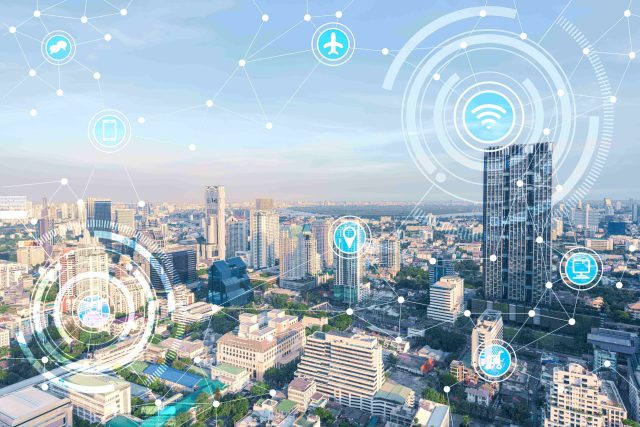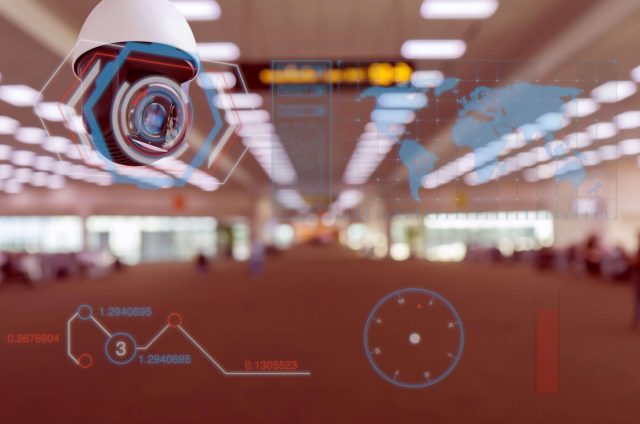Smart counting sensors represent a significant technological advancement for public facilities (ERP) and smart buildings. They go beyond merely counting individuals; they provide detailed analysis of movement patterns, space usage habits, and contribute to better resource management. These technological tools are crucial in the current era where security and operational efficiency are major priorities.
Using smart sensors in public areas
Smart counting sensor and people flow management
Smart counting sensors are electronic devices that utilize technologies such as infrared cameras, thermal sensors, or AI-based systems to count the number of people entering and exiting a space.
Smart counting sensors allow real-time monitoring of the number of people in a given space. This feature is particularly crucial in emergency situations, such as fire evacuations. Security personnel can access precise data and react promptly to ensure the efficient evacuation of all occupants.
Enhancing security in public areas
Sensors play a crucial role in preventing dangerous situations, quickly identifying areas prone to overcrowding or congestion. They also enable the detection of abnormal or suspicious behaviors, facilitating swift intervention. In emergencies, these sensors are essential for the effective coordination of emergency measures, providing precise location information of individuals within the building.

Centralized management platforms
Centralized management platforms allow ERP and smart building managers to monitor and control counting sensors from a single interface. These centralized systems simplify daily management and facilitate quick decision-making based on collected data.
Data privacy and system security
With the collection and analysis of sensitive data, security and privacy become major concerns. ERP and smart buildings must implement robust measures to ensure data protection and system security.

Operational efficiency optimization
These technologies enable smarter space and energy resource management. By measuring actual space usage, they allow adjustments to systems such as lighting and air conditioning, leading to energy savings and improved operational efficiency. The collected data also helps deploy staff more strategically based on attendance trends, enhancing not only staff efficiency but also user satisfaction. Furthermore, the analysis of collected data provides valuable insights for future planning, infrastructure maintenance, and the implementation of new initiatives.
Smart counting sensors are a key element for public facilities and smart buildings, leading to safer and more efficient environments. They represent a major advancement in how spaces are managed, ensuring security and optimizing operations. However, it is essential to manage these technologies responsibly, ensuring privacy protection and data security.
For more information, click here
